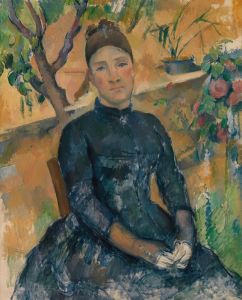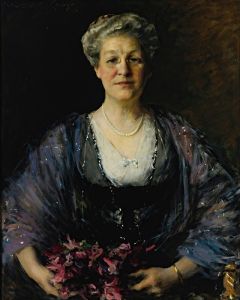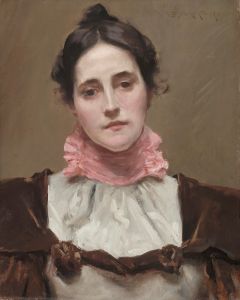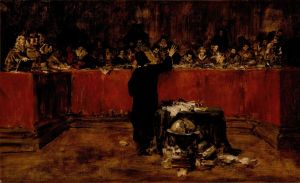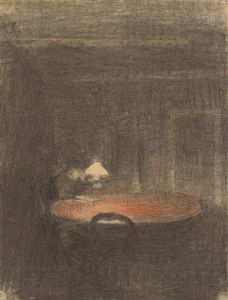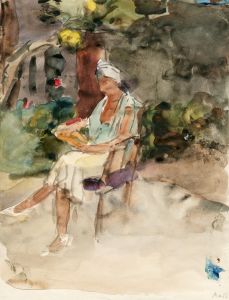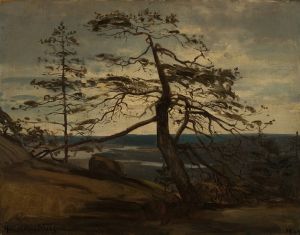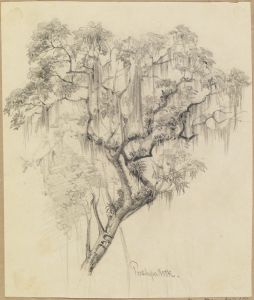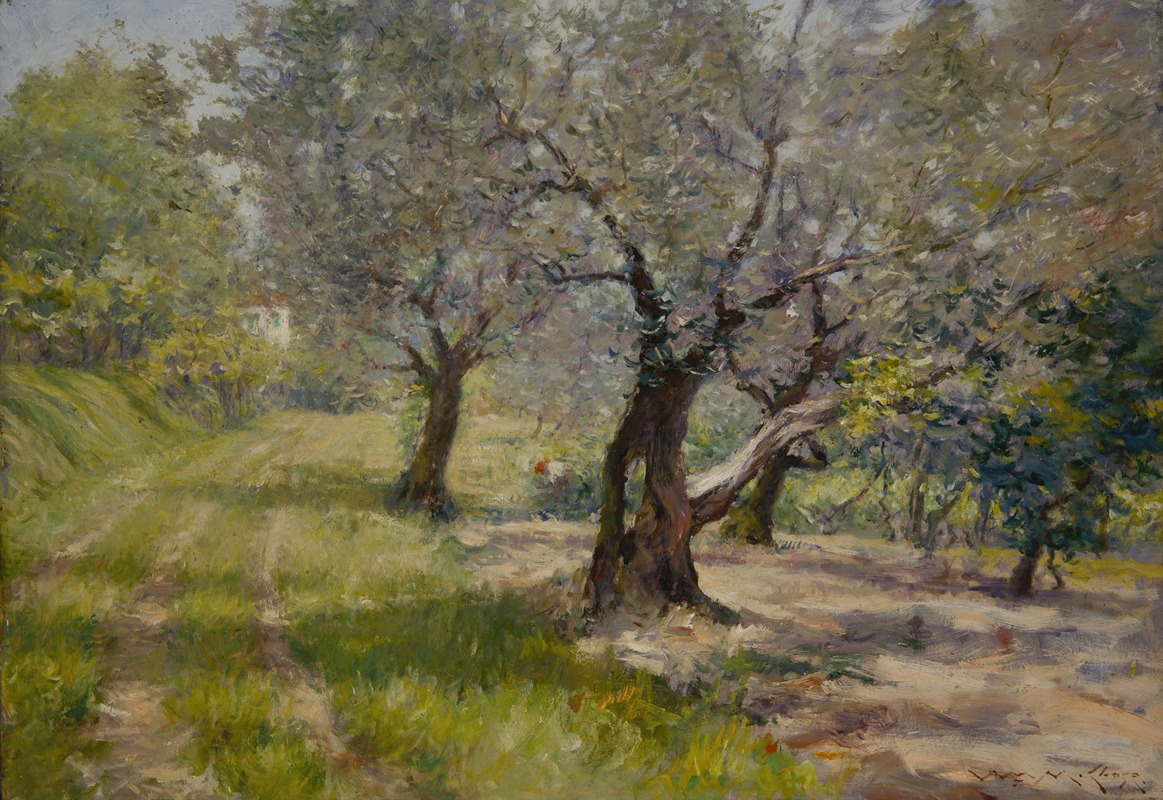
The Olive Grove
A hand-painted replica of William Merritt Chase’s masterpiece The Olive Grove, meticulously crafted by professional artists to capture the true essence of the original. Each piece is created with museum-quality canvas and rare mineral pigments, carefully painted by experienced artists with delicate brushstrokes and rich, layered colors to perfectly recreate the texture of the original artwork. Unlike machine-printed reproductions, this hand-painted version brings the painting to life, infused with the artist’s emotions and skill in every stroke. Whether for personal collection or home decoration, it instantly elevates the artistic atmosphere of any space.
"The Olive Grove" is a painting by the American artist William Merritt Chase, who was a prominent figure in the American Impressionist movement. Chase was known for his versatility and skill in various painting styles, and he played a significant role in bringing Impressionism to the United States. He was also a respected teacher, influencing a generation of American artists.
William Merritt Chase was born on November 1, 1849, in Williamsburg, Indiana. He studied at the National Academy of Design in New York and later at the Royal Academy of Fine Arts in Munich, Germany. His time in Europe exposed him to various art movements and styles, which he incorporated into his work upon returning to the United States.
"The Olive Grove" is one of Chase's many landscape paintings, a genre in which he excelled. His landscapes often reflect his keen observation of nature and his ability to capture light and atmosphere. While specific details about "The Olive Grove" are limited, it is consistent with Chase's broader body of work, which often depicted serene and idyllic scenes.
Chase's landscapes are characterized by their loose brushwork and vibrant use of color, hallmarks of the Impressionist style. He was adept at capturing the effects of light and shadow, creating a sense of immediacy and presence in his paintings. This approach can be seen in "The Olive Grove," where the interplay of light and color likely plays a central role in conveying the scene's mood and atmosphere.
Throughout his career, Chase painted various subjects, including portraits, still lifes, and interiors, but his landscapes remain some of his most celebrated works. He was particularly fond of painting en plein air, a technique that involves painting outdoors to directly capture the natural environment. This method allowed him to observe and depict the changing qualities of light and color in real-time, a practice that was integral to the Impressionist movement.
Chase's influence extended beyond his paintings; he was a dedicated educator who taught at several institutions, including the Art Students League of New York and the Pennsylvania Academy of the Fine Arts. His teaching emphasized the importance of individual expression and the study of nature, principles that he embodied in his own work.
"The Olive Grove" exemplifies Chase's ability to blend traditional academic techniques with the innovative approaches of Impressionism. His work continues to be celebrated for its technical skill, aesthetic beauty, and contribution to the development of American art.
William Merritt Chase passed away on October 25, 1916, leaving behind a legacy of artistic achievement and influence. His paintings, including "The Olive Grove," remain important examples of American Impressionism and continue to be studied and admired for their artistic merit and historical significance.





